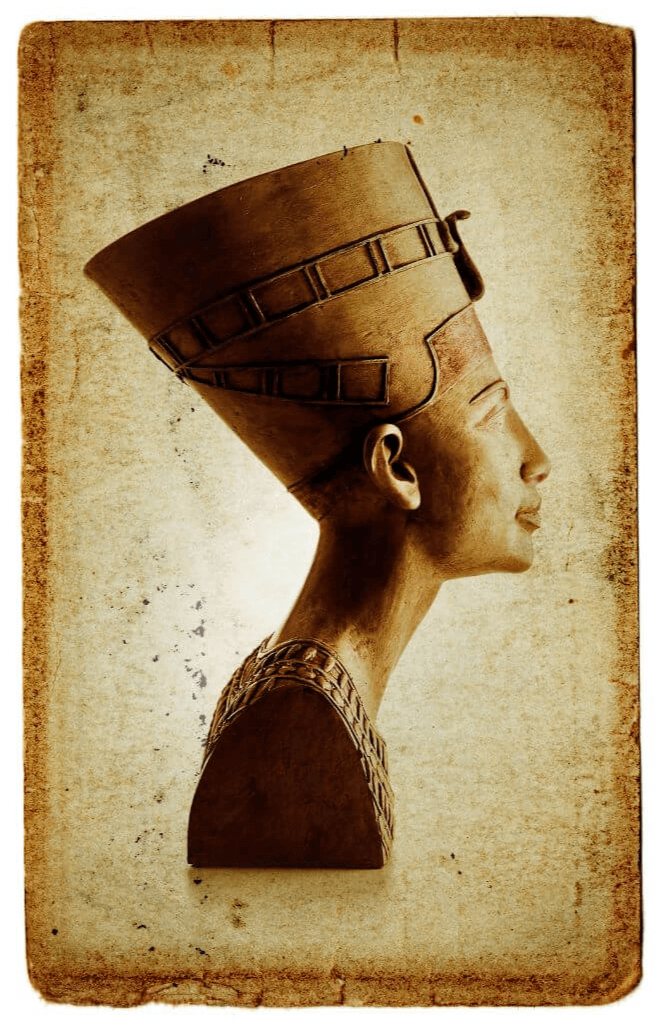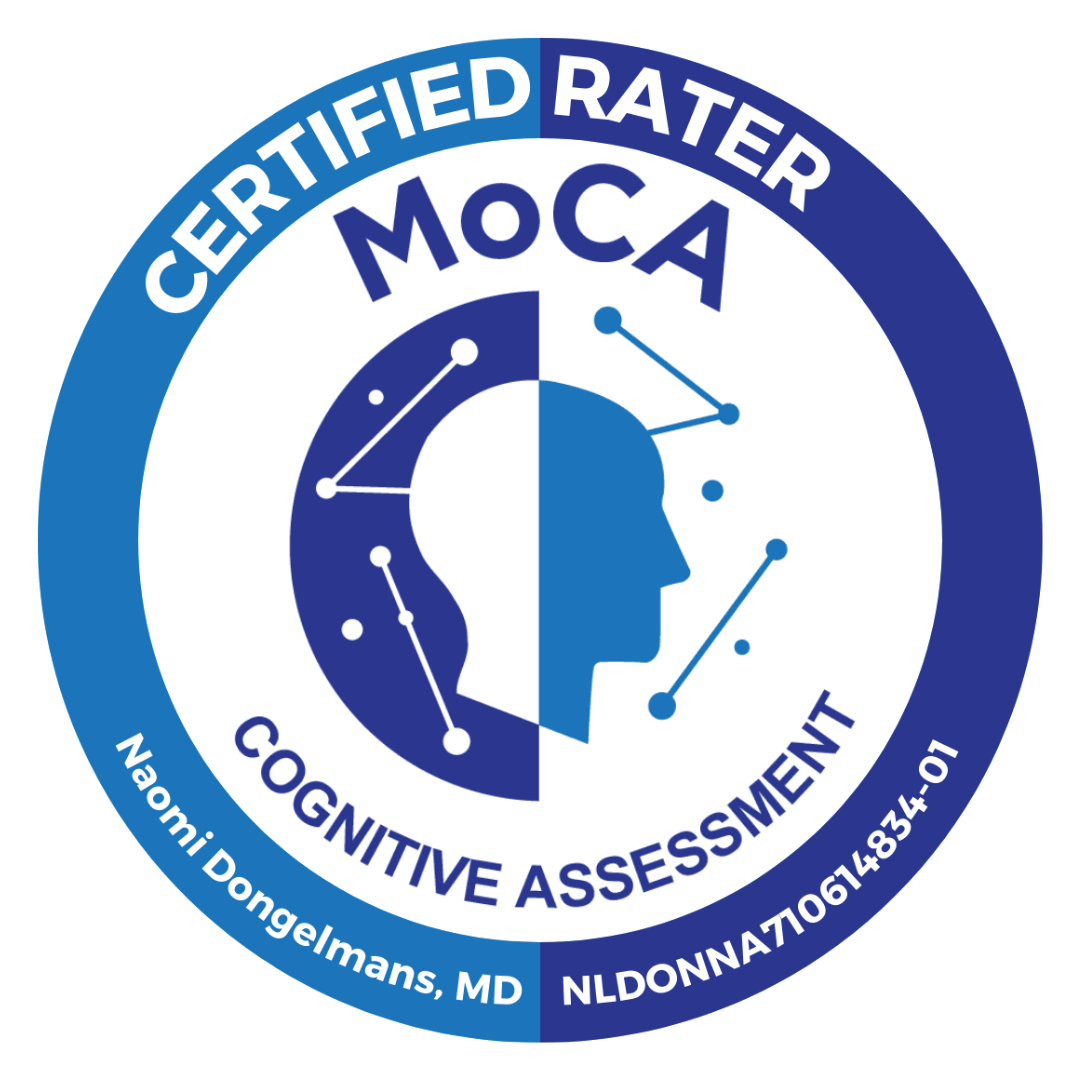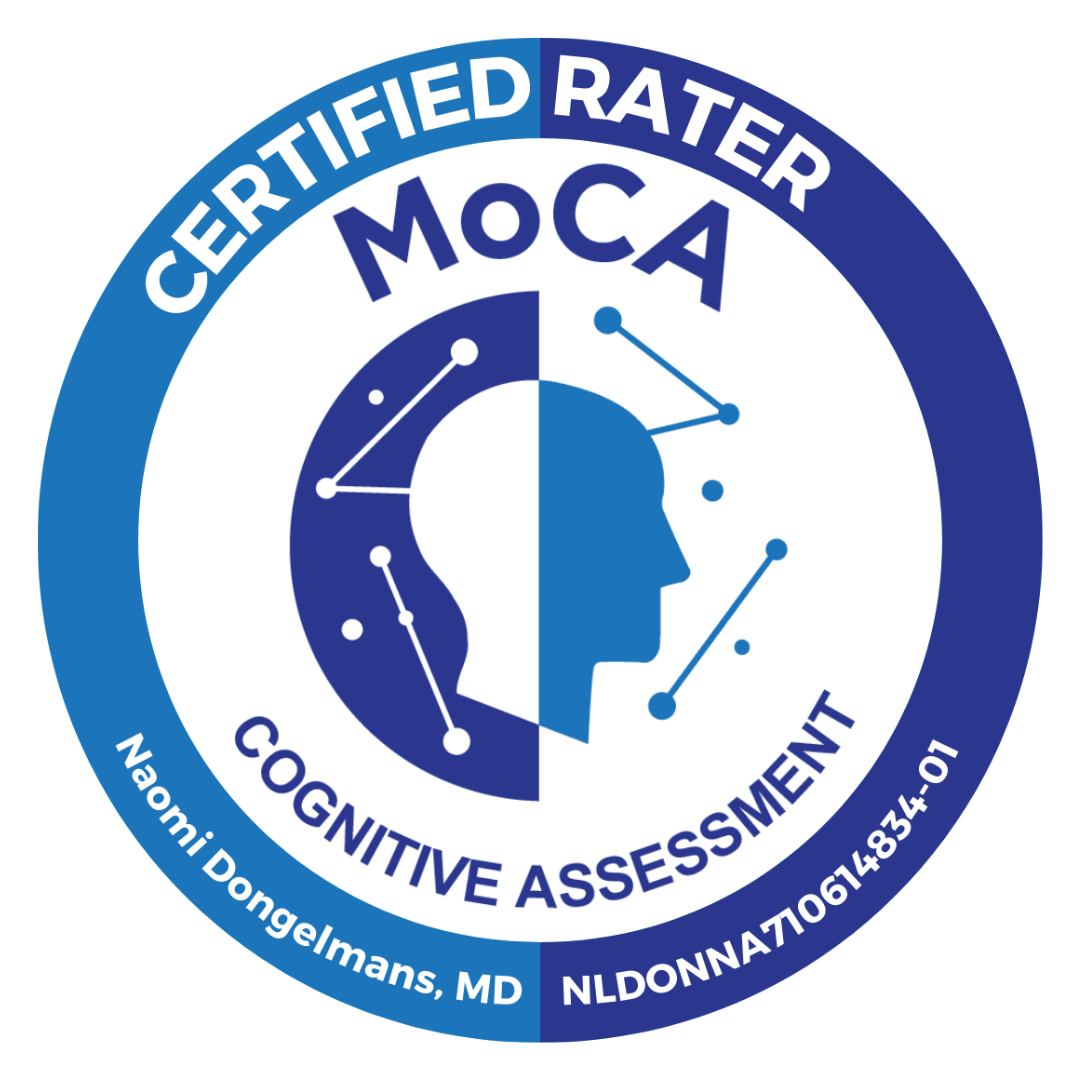
When we think of Queen Nefertiti, we picture her iconic bust with a beautifully elongated neck, crowned with a tall, regal headdress. While the graceful posture of the Egyptian queen may seem worlds away from today’s issues, we could say that if Nefertiti had lived in our modern age, she might have suffered from “tech neck” due to her heavy crown!
 What is "tech neck"?
What is "tech neck"?
In today’s world, many of us are spending long hours sitting and working in front of a computer. This constant sitting leads to poor posture, with our heads often leaning forward as we hunch over our screens. The result? What we now call "tech neck." Over time, this forward-leaning posture can cause strain in the neck, compress the nerves, and lead to discomfort or pain in the back.
Just like Nefertiti’s crown may have put pressure on her neck, modern-day habits can cause similar issues for us. We might not wear heavy crowns, but our necks are dealing with the weight of our heads tilting forward, often for hours at a time.
My dad's posture and hearing decline
This issue hit home for me when my dad visited from the Netherlands. At almost 80 years old, he still spends a lot of time in front of the computer, and I noticed his neck leaning forward. For my dad, it’s not just sitting for long hours, but also his hearing, which has declined. He tends to bend his neck forward in an effort to hear better.
This is a reminder of how important it is to notice these small details, especially as our loved ones age. My dad still walks 10,000–15,000 steps a day, which is fantastic, but posture is equally important. His forward-leaning neck posture is something I hadn’t paid attention to before.
What can we learn from Nefertiti?
Nefertiti may not have been hunched over a computer, but the strain of carrying weight on the neck, whether from a crown or from poor posture, has similar effects. Here are a few ways to protect your neck and avoid the dreaded tech neck:
The book-balancing trick
One simple but effective way to improve your posture is by placing a book on your head. This classic exercise forces you to straighten and lengthen your spine, helping create more space for your vagus nerve to function properly. The vagus nerve plays a critical role in connecting the brain and gut, promoting better digestion and overall well-being.
Breathing exercises for better posture
Breathing exercises are another simple habit to integrate into your daily routine. Deep breathing, where you fully expand your ribcage, can improve posture, boost oxygen intake, and energise your body. It’s a fantastic way to counter the slumped shoulders and compressed chest that come from hours of sitting.
Hearing health and dementia risk
Hearing loss is not just an inconvenience; it’s also been linked to an increased risk of dementia. My dad’s forward head posture is partly due to his declining hearing, which brings up the importance of regular hearing checks, especially as we age. Proper hearing health can significantly impact cognitive function and overall quality of life.
Key takeaways for avoiding tech neck
- Stand up and stretch regularly to break up long periods of sitting.
- Try the book-balancing trick to help straighten your neck and give your vagus nerve the space it needs to function well.
- Incorporate breathing exercises into your daily routine to expand your ribcage, improve posture, and increase oxygen intake.
- Consider a standing desk or a desk converter to avoid sitting for too long.
- Take care of your hearing health—it plays a crucial role in maintaining cognitive function and preventing dementia.
Conclusion
Just like Nefertiti’s tall crown may have affected her neck, our daily habits can influence our posture in ways that impact our overall health. By making simple adjustments—like improving our posture, breathing deeply, and standing up more—we can protect our necks, improve our energy levels, and maintain better long-term health. Let’s take small steps now to keep our posture (and minds) in great shape for the future!





























0 Comments